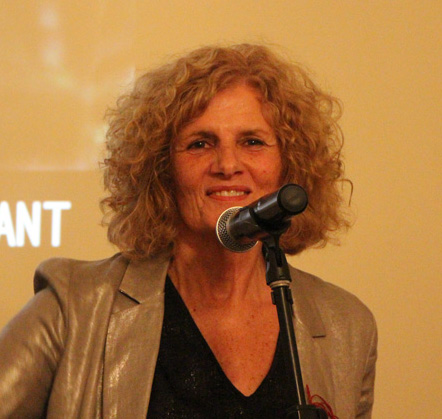Have you written a book and you’re not sure what to do next? Do you think self-publishing is too hard? Don’t know where to start? Not moody enough to call yourself a writer? Don’t worry, none of these things will stop you.
These days you don’t have to wait for a publisher to accept your book to get it out into the world. Now you can self-publish a book to the same standards as a major publisher. Self-publishing also usually takes about a quarter of the time compared to traditional publishing. And you have full control over the process. There’s a lot to like.
So, here are my top seven tips to help you self-publish a high-quality book.
1. Do your homework
There are all sorts of services out there to help you self-publish a book. Some of them are really good and will help you produce a great book. Some of them are a bit suspect and will charge you a lot of money to produce an average book. So, do your homework. There’s stacks of info online, so learn about how much you should expect to pay and what you should get for your money. And before you sign up with a particular person or company, do your research to see if this person or business has a good reputation. It’s usually not too difficult to find out which companies to avoid.
2. Have your book professionally produced by people with book experience
Your friend who is good in Word might be able to make great Christmas cards, but that doesn’t mean they can typeset a book. And your web person might design an awesome home page, but that doesn’t mean they can format a book well. I’ve seen skilled, experienced designers get into all sorts of trouble when they try to do their first book. There are design issues that are unique to books that will catch out unwary designers. So, the first question to ask any service provider is, ‘Tell me about the books you’ve worked on?’
3. Don’t print more than you expect to sell
It can be tempting to print more copies because the more you print, the cheaper it is per copy. But if you don’t sell them, this turns out to be the more expensive option. You can always print more if your book takes off. So, make a reasonable estimate of how many copies you think you need to start with and print that many. Keep in mind you can usually reprint very quickly.
4. Don’t give away lots of free copies to family and friends
They should be happy to support your publishing venture by purchasing copies.
5. Use a specialist book printer
Your local print shop might offer book printing, but they won’t do as good a job as a specialist book printer. Poor printing will ruin your book, no matter how well you’ve done everything else. Before you work with any printer, ask them to send you a copy of a book they have printed recently, and make sure it’s an acceptable standard.
6. Prepare a publicity plan for your book
Send review copies to blogs, TV and radio programs and journalists who you think might be interested. Also send a copy to your local paper, focusing on the fact that you live in the area. Start preparing for this a few months before your book comes out, so that you are ready to go when your books arrive from the printer.
7. Be prepared for the effort required
If you self-publish, you are taking on text and cover design, editing and proofreading, printing, marketing, distribution and more. This takes time and money, but it’s worth it—if you do it well.
Michael Hanrahan has held the positions of editor, editor and production coordinator, and managing editor for Wrightbooks (Australia’s leading publisher of business and finance titles) and John Wiley & Sons Australia. He has worked with many bestselling authors, and has experience in publishing, writing, editing and design for a wide range of clients, including Oxford University Press, Overland, RMIT Publishing, and Random House.


